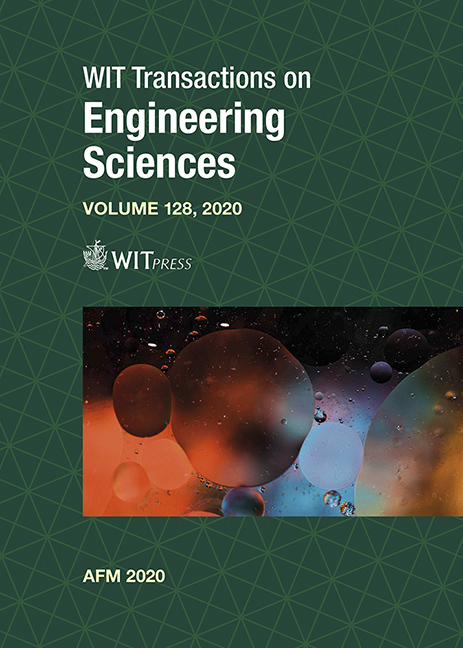COMPARISON OF TURBULENCE INTEGRAL LENGTH SCALE DETERMINATION METHODS
Price
Free (open access)
Transaction
Volume
128
Pages
11
Page Range
113 - 123
Published
2020
Paper DOI
10.2495/AFM200111
Copyright
WIT Press
Author(s)
ARSENII TRUSH, STANISLAV POSPÍŠIL, HRVOJE KOZMAR
Abstract
Grids at the inlet of the wind-tunnel test section have been commonly used to create turbulent conditions for model experiments concerning civil engineering applications. The parameters of the generated turbulence depend on the geometry of the grid and the distance from the grid to the measurement position. This work presents the experimental results of the grid-generated turbulence and a comparative analysis of an applicability of the von Kármán and Fichtl–McVehil autospectra models and autocorrelation methods (zero-crossing and exponential) for calculation of integral turbulence length scales. A square mesh array of rectangular bars was tested in a closed-circuit low velocity wind tunnel. The initial free stream turbulence was
Keywords
turbulence, integral turbulence length scale, calculation methods, wind-tunnel experiments





